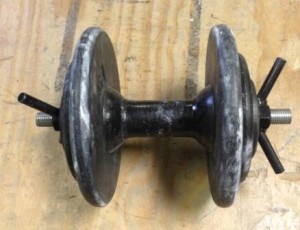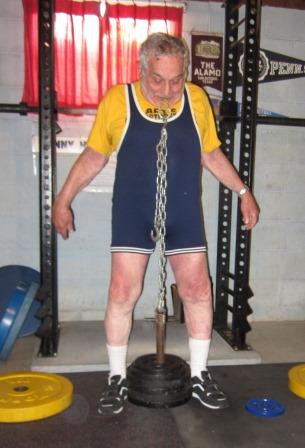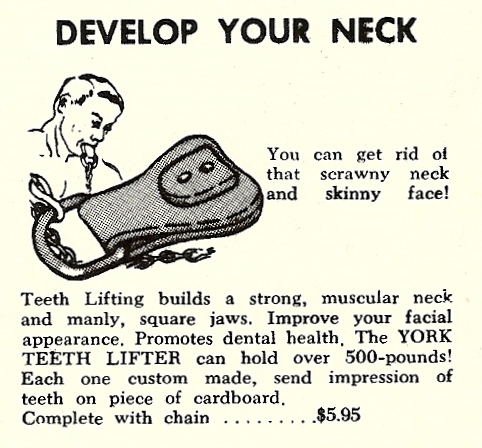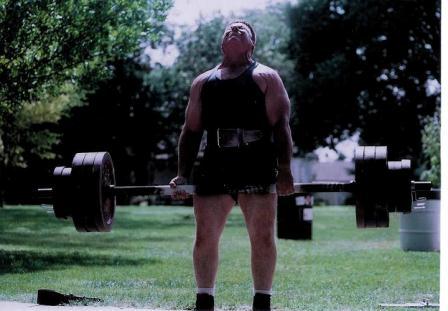by Thom Van Vleck
Let’s start off the new year right with some controversy! I don’t think it’s controversial but I imagine some will.
When my kids were younger they liked to watch a kids’ show called the “Fairly Odd Parents” which was a play off of “Fairy God Parents”. In the show a boy had two fairy god parents that would help him out in various situations. The show often centered around him getting himself into trouble then wishing his way out of it. However, if he could simply wish his way out, then that wouldn’t be much of a show. There were rules he had to follow. In the show there was a book called “Da Rules” and it would inevitable appear whenever he would try and make a wish that would easily end the whole show in the first couple of minutes, but then having to follow the rules would lead to a full half hour of hilarity. The rules were enforced by the leader of the god parents. Namely, Jorgen von Strangle who was built like Arnold Swarzenegger and suspiciously had an Austrian accent. Jorgen enforced the rules like a German SS storm trooper and because of this was often the primary protagonist in most every episode due to his inability to bend the rules to any given situation.
Let me set up my “street cred” (what qualifies me as an “expert”….I know…BIG DEAL. But I do what people to understand my history and that this is based on decades of experience and observations. My family has lifted in Bill Clark run “odd lift meets” since the 50’s and I lifted in my first odd lift meet in 1979. I am also a Level 2 Lifetime certified official in the USAWA. I passed my test on the first try (and that’s a HARD test!). I have judged in the required 25 competitions to achieve the Level 2 status. I got Clark’s newsletter for decades and even had a bunch for the 60’s that I gave to Al to complete his collection. I have followed this for a LONG TIME.
So, get to the point, you may ask! Well, here’s my thoughts. There have been times where I have sat around with guys and discussed the membership of the USAWA. You would think it would be a big deal! It seems perfect for many lifters that don’t have the leverages to be a great Olympic lifter or pure strength to be a great Powerlifter. I know over the years it has amazed me how you can take a guy that is mediocre in lifting but he (or she) will have this one lift (or two) that they are flat out AMAZING at. So why don’t we have people flocking to the sport. I think I know why.
Da Rules.
I know we need rules. There needs to be structure. But when does the structure become a road block? We try and create a system that is objective, but because humans are involved it’s doomed to always be subjective no matter what we do.
Some years ago I took my brother to watch his first Olympic lifting meet. Art Tarwater was the head judge. He’s been Olympic lifting and judging meets for over 50 years. A great friend of lifting and a great lifter. He’s also a stickler for the rules. If you get a lift when he’s judging, you did it according to the rules and that’s no joke. He KNOWS every infraction. So, my brother is watching this meet and about 50% of the lifts that were completed were turned down. Press outs, catching the clean below the clavicals, elbow touch to the knee….on and on. My brother kept asking what was wrong with this lift or that. At one point Tarwater told the lifter to put the weight down as he has made an infraction on the clean and not to bother on the jerk. My brother (who is almost a dozen years younger than me and this is important as I think he represents the mind set of a younger generation) finally made the comment “THIS IS STUPID…..THOSE ARE GOOD LIFTS”.
Now, let’s get into the meat of my point. There are times when rules are enforced properly and then times when they are NOT. There are many reasons for this but here is one I’ve seen repeatedly in the USAWA (and might get me in trouble with some guys). First, let me say I haven’t gotten a speeding ticket in over 20 years (more than I can say for Al Myers). Is it because I don’t speed? Heck no! I speed all the time. I get pulled over, too. But I get warnings. My daughter, who is 16, got pulled over the other day….she got a ticket. I bet you dollars to doughnuts (pun intended) that cops give younger people less warnings and more tickets than older guys. Why? Because they want them to learn a lesson. I see that same thing with judges in our sport….in all lifting sports and event he Highland Games. Heck, even in the Pro sports the old veteran gets the calls against the rookie every time!
I think we, as judges, have good intentions when we red light certain infractions. But what I think has happened is younger guys come in and do a meet or two and leave with a bad taste in their mouth and that stop coming. Then we are left with this core group that never grows and we are slowly aging ourselves out of existence. I would also say there has been a time or two I have wondered if the intentions WEREN’T good and the judge WANTED to run off the lifter. Yes, I said it and I stand by that statement. We are all human.
So let me end with this. I would challenge the members of the USAWA to encourage some young lifters to get into the sport and I would ask you to challenge yourself as a judge to look at these guys and know that they are learning and if an infraction did not help them in completing the lift then warn them before red lighting them (and I understand that’s not “Da Rules”….but a judge by definition forms an opinion or conclusion about “if” something fits the law…..otherwise we would be called “Police” who ENFORCE the law). An example would be dropping the weight after the conclusion of the lift. For many lifters this is part of lifting. They just don’t know and need to learn. Police officers give a ticket for the infraction, a judge forms an opinion and comes to a conclusion as to what the intent of the law was and if the event fit that intent or if the event intended to subvert the law.
Otherwise, we appear rigid and controlling and who wants to be a part of that. I can tell you the younger generation does not. They see Jorgen von Strangle as the enemy.



